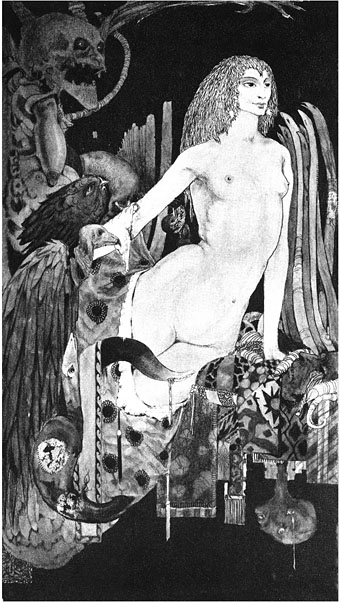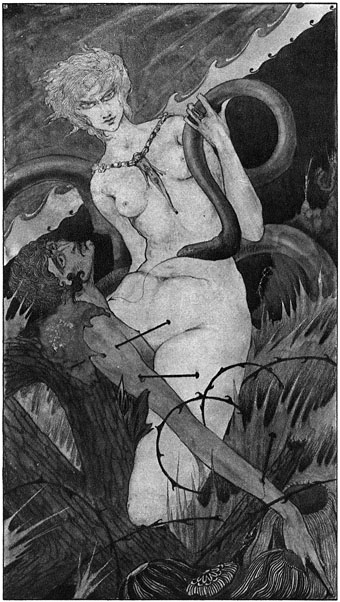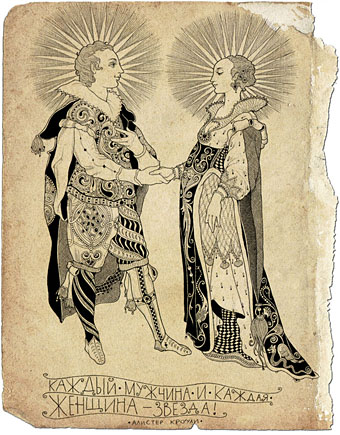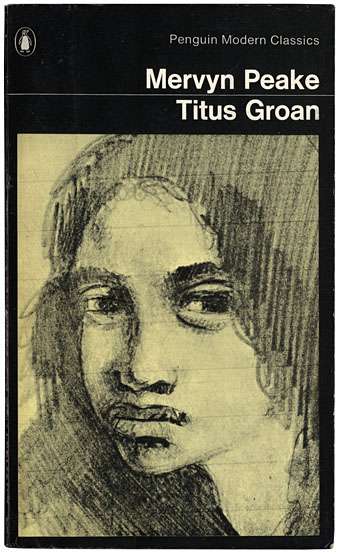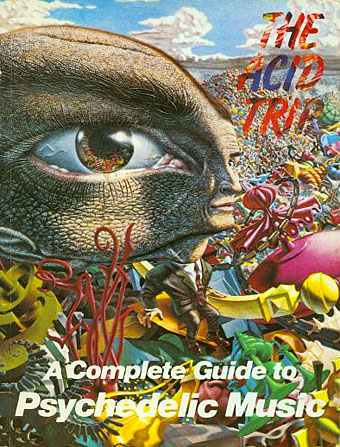Faustine (1928) by Harry Clarke.
• This week’s Harry Clarke fix: 50 Watts reposts the Faust illustrations while Golden Age Comic Book Stories has the illustrated Swinburne.
• What Goes Steam in the Night is an evening with contributors to The Steampunk Bible hosted in London by The Last Tuesday Society on September 6th:
Co-author S. J. Chambers invites you to the official U.K. celebration of her book The Steampunk Bible (Abrams Image). Part lecture, part signing, and part entertainment, S. J. will be accompanied by contributors Jema Hewitt (author of Steampunk Emporium ) and Sydney Padua (Lovelace & Babbage) for a discussion of the movement, a special performance by Victorian monster hunter, Major Jack Union, and inevitable hi-jinks and shenanigans to later be announced.
• RIP Conrad Schnitzler, an incredibly prolific electronic musician, and founder member of Tangerine Dream and Kluster/Cluster.
• Golden Pavilion Records reissues fully-licensed late 60’s and 70’s psychedelic, progressive, acid-folk & art-rock music.
• Dressing the Air is “an exclusive consulting and online resource for the creative industries”.
• Luke Haines explains how to cook rabbit stew whilst listening to Hawkwind.
• Wood pyrography by Ernst Haeckel from his home, the Villa Medusa.
Satia Te Sanguine (1928) by Harry Clarke.
The truth is, the best novels will always defy category. Is Great Expectations a mystery or The Brothers Karamazov a whodunnit or The Scarlet Letter science fiction? Does Kafka’s Metamorphosis belong to the genre of fantasy? In reality men don’t turn into giant insects. And it’s funny. Does that mean it’s a comic novel? […] At a time when reading is in trouble, those readers left should define themselves less rigidly.
• Pace the redoubtable Jacobson, Alan Jacobs believes We Can’t Teach Students to Love Reading.
• How Ken Kesey’s LSD-fuelled bus trip created the psychedelic 60s.
• Salvador Dalí creates something for Playboy magazine in 1973.
• JG Ballard: Relics of a red-hot mind.
• Electric Garden (1978) by Conrad Schnitzler | Auf Dem Schwarzen Kanal (1980) by Conrad Schnitzler.

